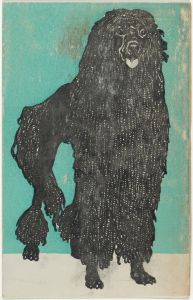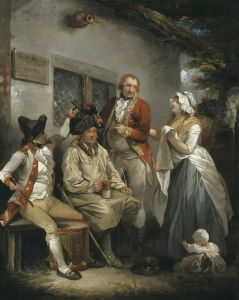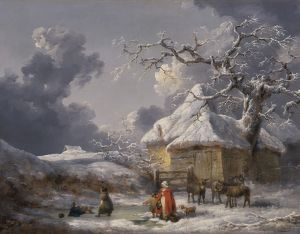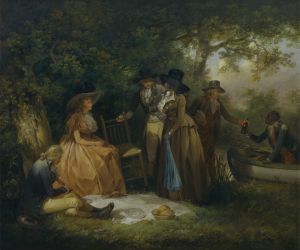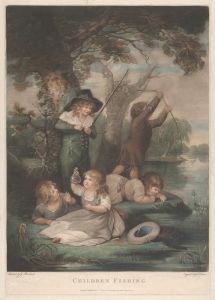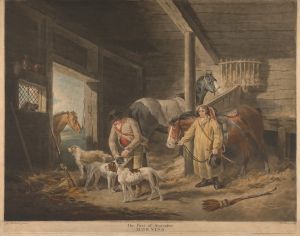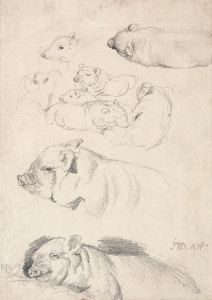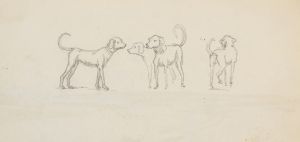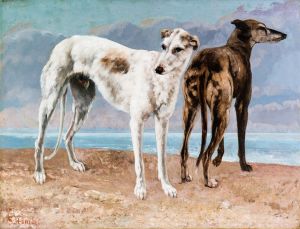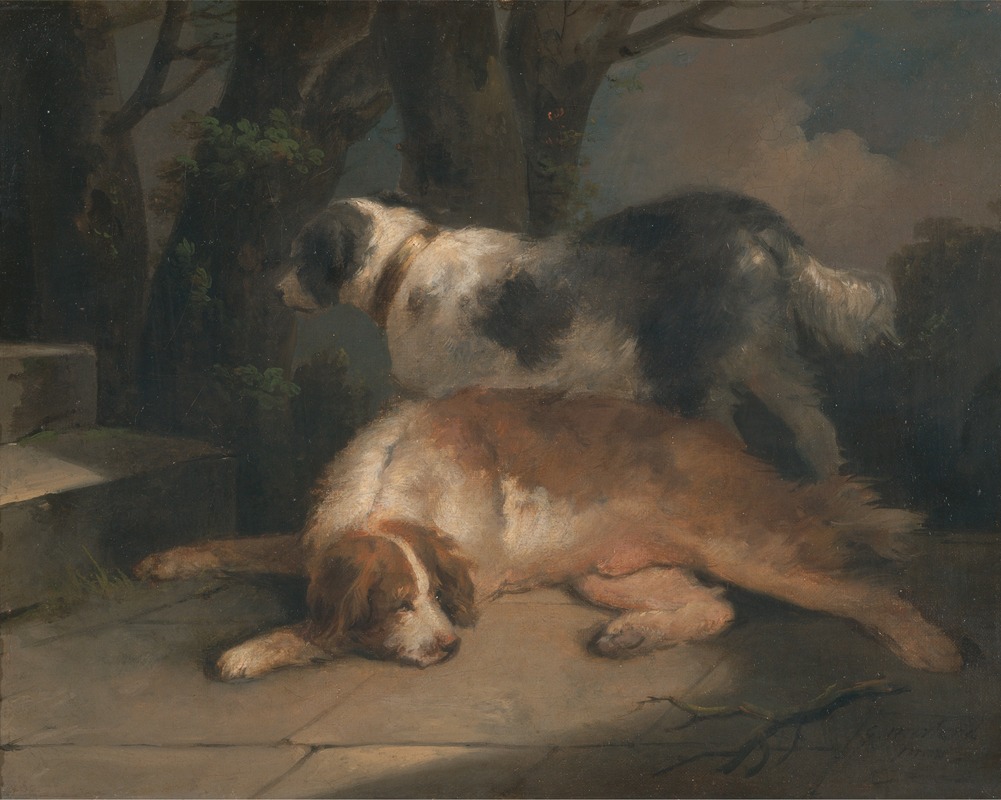
Setters
A hand-painted replica of George Morland’s masterpiece Setters, meticulously crafted by professional artists to capture the true essence of the original. Each piece is created with museum-quality canvas and rare mineral pigments, carefully painted by experienced artists with delicate brushstrokes and rich, layered colors to perfectly recreate the texture of the original artwork. Unlike machine-printed reproductions, this hand-painted version brings the painting to life, infused with the artist’s emotions and skill in every stroke. Whether for personal collection or home decoration, it instantly elevates the artistic atmosphere of any space.
George Morland was an English painter, born on June 26, 1763, in London, and he became one of the most significant British artists of the late 18th century. Known for his rustic and genre scenes, Morland's work often depicted rural life, animals, and landscapes with a distinctive charm and realism. One of his notable works is "Setters," which exemplifies his skill in portraying animals, particularly dogs, with a keen sense of observation and affection.
"Setters" is a painting that captures the essence of Morland's ability to depict animals in a natural and engaging manner. The painting features a group of setter dogs, a breed known for its hunting capabilities and friendly disposition. Morland's attention to detail is evident in the way he captures the texture of the dogs' fur and their alert, intelligent expressions. The composition of the painting is balanced, with the setters positioned in a way that suggests movement and interaction, a testament to Morland's understanding of animal behavior.
Morland's career was marked by both success and personal struggles. He was the son of Henry Robert Morland, a painter and engraver, and was exposed to art from a young age. By the time he was a teenager, George Morland was already producing work that garnered attention. His early success was partly due to his father's influence and connections in the art world. However, Morland's personal life was tumultuous, characterized by financial difficulties and a lifestyle that often overshadowed his artistic achievements.
Despite these challenges, Morland's work remained popular, and he was prolific in his output. His paintings were widely reproduced as prints, which helped to disseminate his work to a broader audience. Morland's ability to capture the subtleties of rural life and his empathetic portrayal of animals made his work resonate with the public. "Setters" is a prime example of how Morland's art appealed to the sensibilities of his contemporaries, who appreciated the warmth and realism of his depictions.
Morland's style is often associated with the Romantic movement, which emphasized emotion and nature. His paintings, including "Setters," reflect a deep appreciation for the countryside and its inhabitants. The naturalistic approach he employed allowed viewers to connect with the subjects on a personal level, making his work enduringly popular.
In summary, "Setters" by George Morland is a testament to the artist's skill in capturing the essence of animals and rural life. The painting showcases Morland's ability to portray his subjects with realism and empathy, qualities that have ensured his place in the history of British art. Despite the personal challenges he faced, Morland's work continues to be celebrated for its charm and insight into the world of the late 18th century.






